Early reflections or first reflections are terms to describe direct sound which arrives at the listener’s ears before the rest of the reflected sound does.
Sound reflects not just off the walls to the left and right, but off the floor, the ceiling and everything in-between.
Direct sound combines with reflected sound which causes interference at the listening position – also known as comb filtering. The result is the listener not being able to accurately hear what’s coming out of the speakers.
Another issue with respect to early reflections is the importance of room symmetry both in terms of shape and composition. A listening position situated between two different surfaces can face a variety of problems as different frequencies are reflected at different rates to the listener. And finally, the listening position itself affects reflection points; for example, it’s best to have equal distances between the side walls and not off to one side.
Though there are varying levels of severity based on a number of factors, early reflection points must be managed in every room where critical listening occurs. Not addressing these issues can be serious as comb filtering causes the listener to make decisions he/she wouldn’t normally make with respect to EQ, panning, speaker choice, etc.
The Master Handbook of Acoustics states there should be, “an effectively anechoic path between the monitor loudspeakers and the listener’s ears.” An anechoic path simply means a reflective-free zone. The best way to achieve a reflective-free zone is through absorption. Two inch thick panels made from either rigid fiberglass or Rockwool® are the most common products used to treat reflection points; but 4″ panels are a great option when additional bass trapping is desired.
Panels are placed on the hard surfaces to the left and right of the mix position and also as a cloud on the ceiling above. Though reflection points can be located by geometrically calculating them, an easier way to identify reflection points is by using the “mirror trick”. Here’s how to do it:
Sit at your listening position as you normally would when listening or mixing. Starting with the left wall, have a friend hold a mirror against the wall at speaker height, then move toward the back of the room. When you can see the reflection of the left speaker in the mirror, mark that spot. That’s your first reflection point. Continue moving down the wall, and when you can see the right speaker, mark that spot. That is your other reflection point. Switch walls and repeat. If you’re dealing with multiple seating locations, repeat this process for each seat. This is where you will place absorption panels.
In the end, early reflection points are fairly easy to treat. With just a little attention, this is an area that can be improved quickly, and an area where improvements reap audible rewards.





GIK Giveaway Viral Video Contest 2024
Room EQ Wizard TUTORIAL
How to set up and use REW In this video we show you how [...]
DIFFUSION Concepts Explained
How Acoustic Diffusers Work And Which One Is Right For You In this video [...]
Jan
The GIK Acoustic Advice
Get Your Room Sound Right For FREE! In this video we are giving a [...]
Jan
Designer Tips: The Significance of “Clouds” with Mike Major
When people reach out to us at GIK for acoustic advice, we never have any [...]
Jun
Designer Tips: The Importance of Coverage Area with James Lindenschmidt
The most important factor in acoustic treatment performance is coverage area. Or more specifically, the [...]
May
Designer Tips: Home Theaters and Acoustic Balance with John Dykstra
Without fail, one of the first things our clients say to us when we begin [...]
May
Summer Giveaway 2021 Vote
The GIK Acoustics Summer Giveaway Photo Contest 2021 invited customers to submit photos illustrating how [...]
Aug